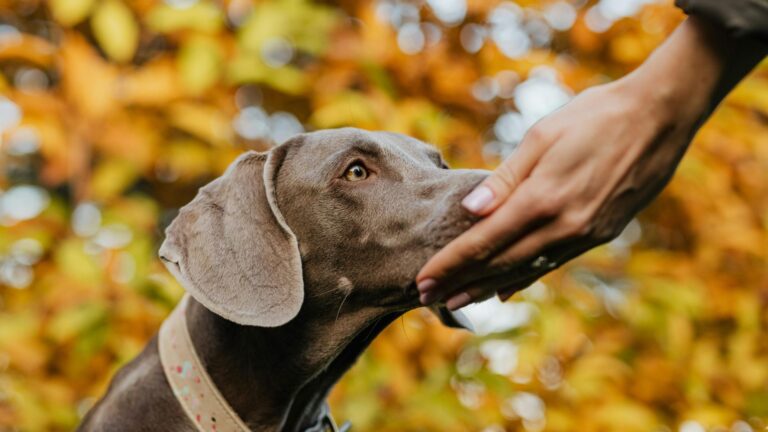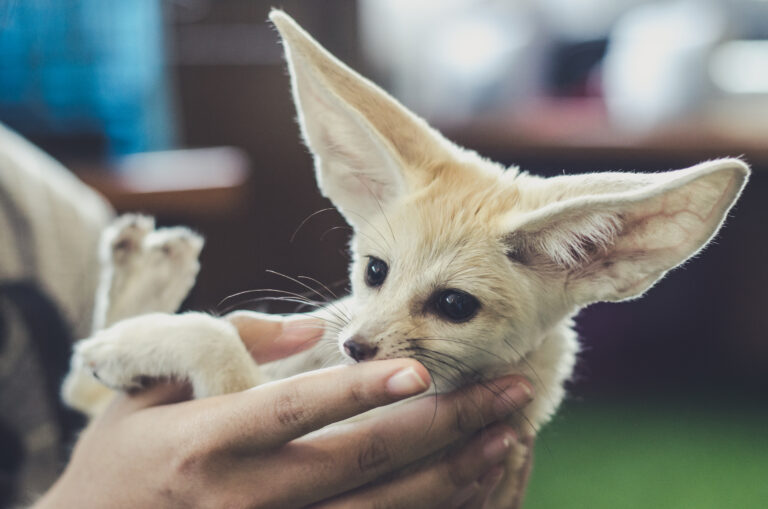18 Plants That Repel And Keep Dogs Out Of Your Yard
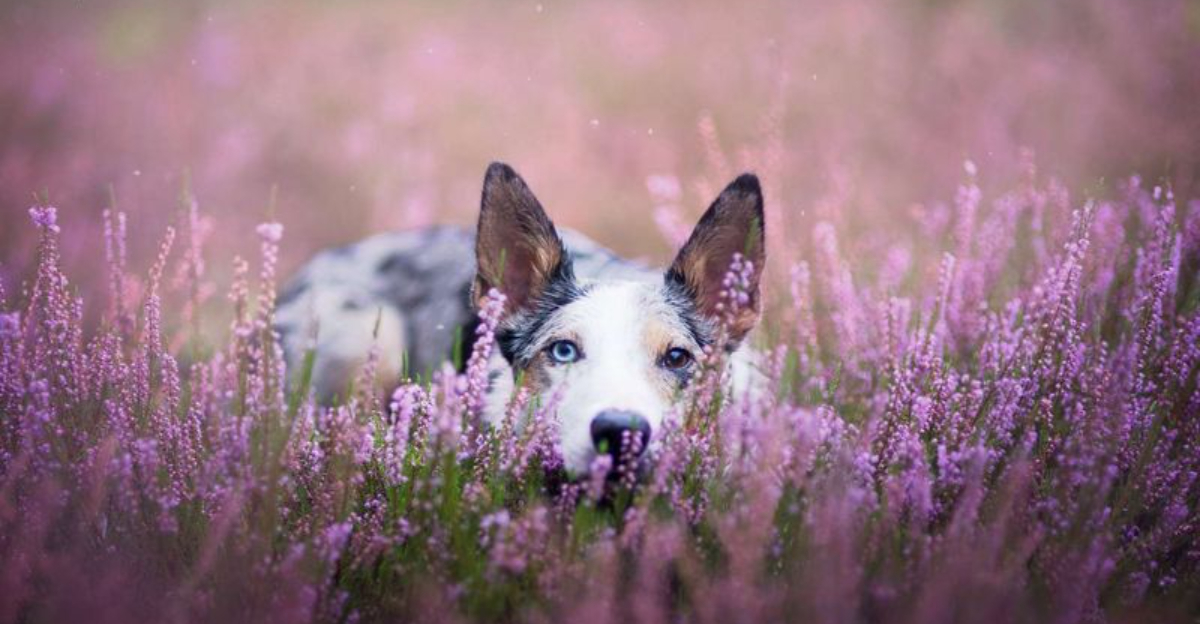
Dogs can be wonderful companions, but not always when they’re digging up your flower beds or using your lawn as a bathroom. Luckily, Mother Nature offers natural solutions to keep our four-legged friends at bay.
Certain plants give off scents or contain compounds that dogs find unpleasant, creating natural boundaries that protect your garden without harmful chemicals.
1. Citronella Grass
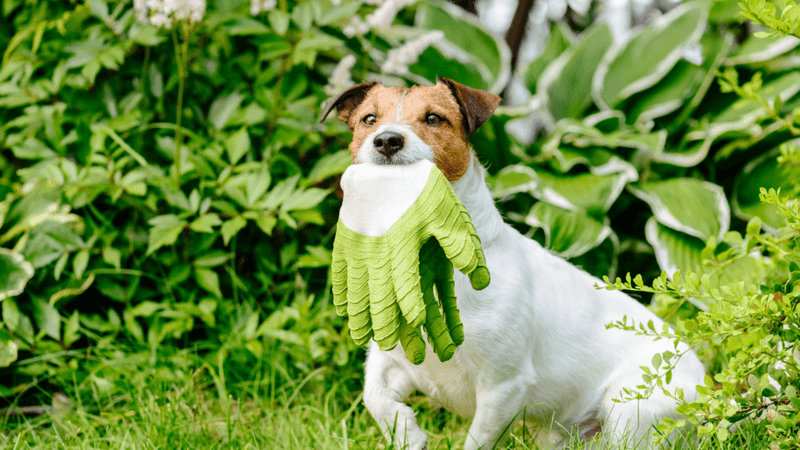
You might know citronella from mosquito-repelling candles, but this tall grass works on dogs too! The strong lemony scent masks other appealing smells and confuses canine noses.
Plant it as a border around gardens or in spots where neighborhood dogs frequently visit. The best part? It grows quickly and thrives in containers if you have limited space.
2. Coleus Canina (Scaredy Cat Plant)
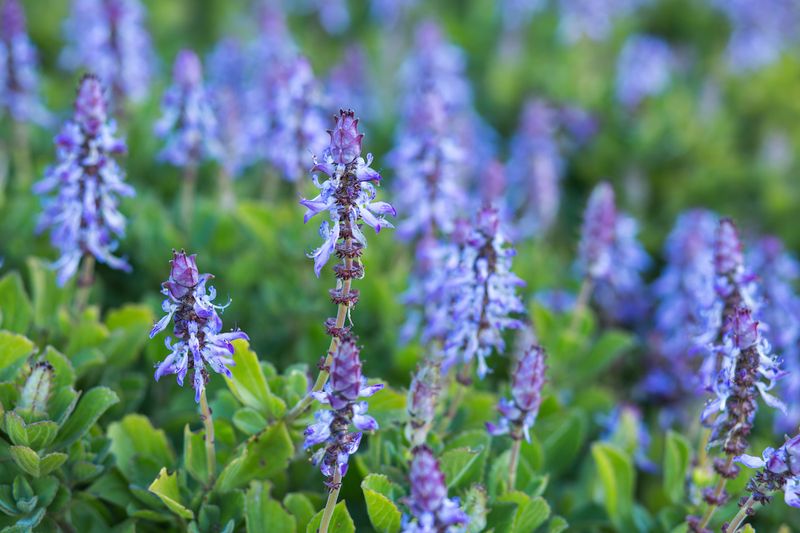
Nicknamed ‘Scaredy Cat’ or ‘Pee-off Plant,’ this mint family member was specifically bred to repel dogs and cats. When brushed against, it releases a smell similar to dog urine.
Dogs avoid areas with this plant since they prefer not to mark territories that seem already claimed. Grow it in full sun with well-drained soil for the strongest scent production.
3. Curry Plant
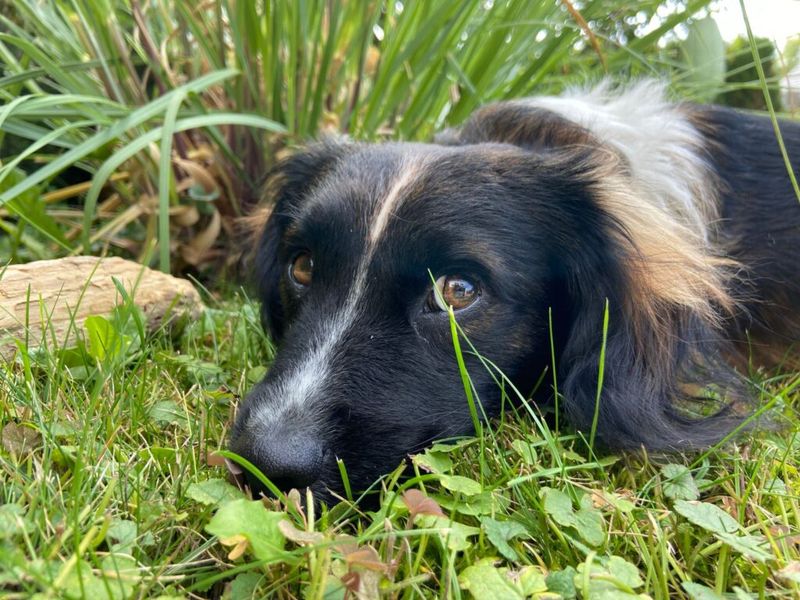
Despite its name, the curry plant isn’t used in cooking but emits a strong curry-like aroma that dogs find overwhelming. The silvery foliage adds beautiful contrast to garden beds while working as a natural barrier.
This Mediterranean native loves sunny, dry conditions and requires little maintenance. Plant it along walkways or garden edges where dogs typically enter to create an aromatic boundary they won’t cross.
4. Rue
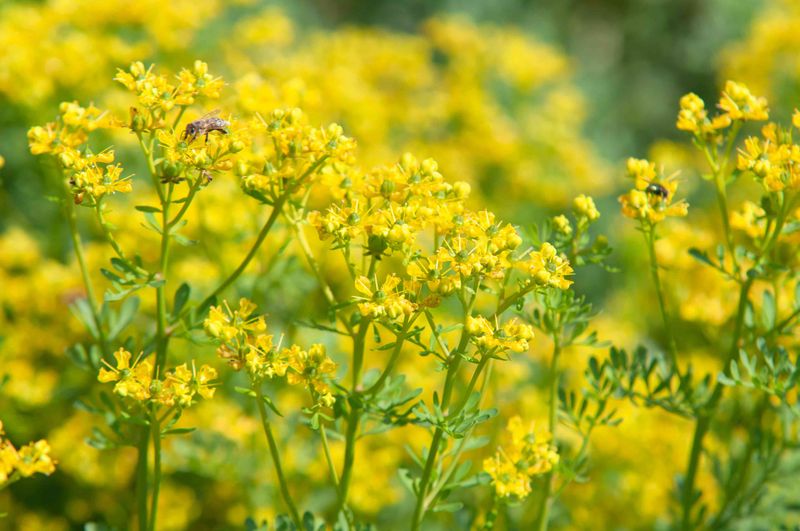
Medieval gardeners valued rue for warding off evil spirits, but today it’s known for keeping furry trespassers away. The bitter compounds in its blue-green leaves smell terrible to dogs but look lovely in herb gardens.
Be careful when handling rue as it can cause skin irritation in some people. Plant it in sunny, well-drained spots where dogs frequently visit, and watch them quickly learn to avoid the area.
5. Lemon Thyme
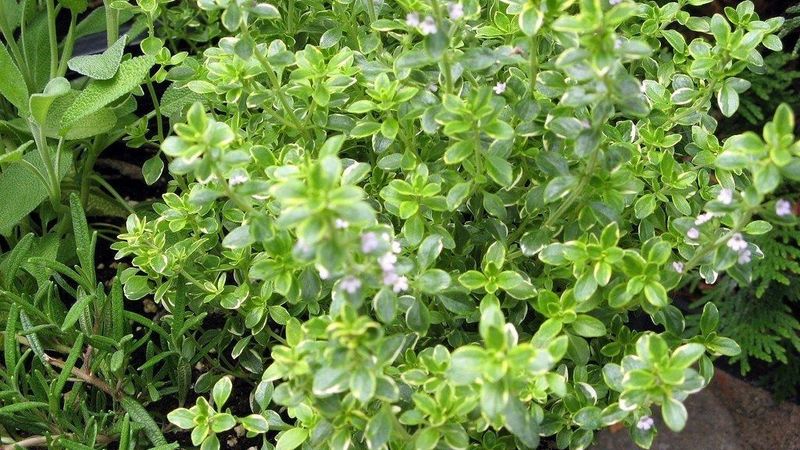
Imagine enjoying a herb that smells heavenly to humans while dogs turn their noses up in disgust! Lemon thyme creates this perfect scenario with its citrus-scented leaves that canines avoid.
Low-growing and perfect for garden edges, this hardy herb thrives with minimal care. Brush against it while gardening to release its pleasant aroma—for you, not for neighborhood dogs who’ll learn to steer clear.
6. Lavender
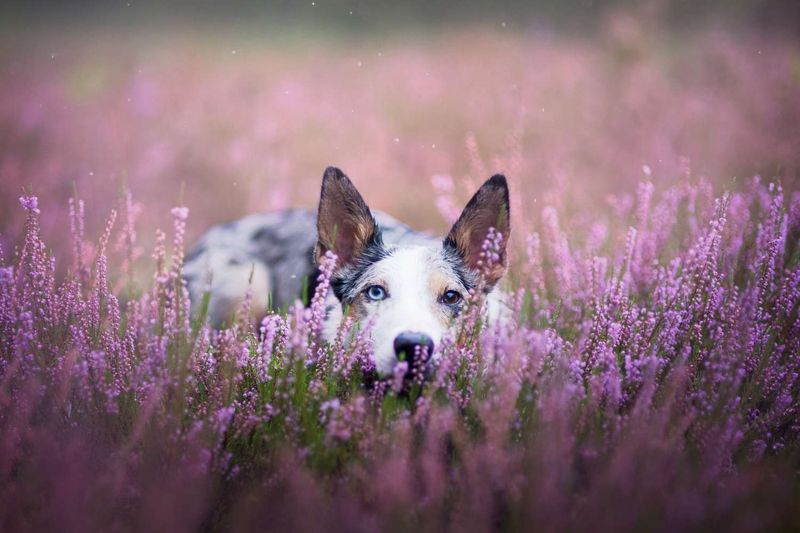
Beloved for its soothing effect on humans, lavender has the opposite impact on dogs. The concentrated oils that give lavender its signature scent overwhelm canine senses, creating natural boundaries.
French and English varieties work best for dog deterrence. Plant lavender along garden perimeters where it can receive full sun and good air circulation. As a bonus, you’ll have gorgeous purple blooms and fragrant sprigs for indoor arrangements.
7. Common Boxwood
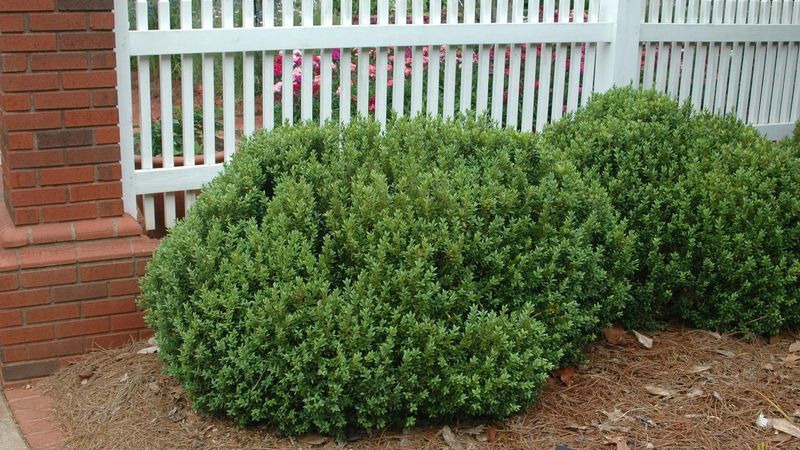
The distinct odor boxwood emits after a rainstorm or when leaves are crushed might go unnoticed by humans but sends dogs running. These evergreen shrubs create dense, year-round barriers dogs won’t approach.
Boxwood’s versatility makes it perfect for formal gardens or casual landscapes. Plant them along property lines or around special garden areas you want to protect from curious paws and digging tendencies.
8. Rosemary
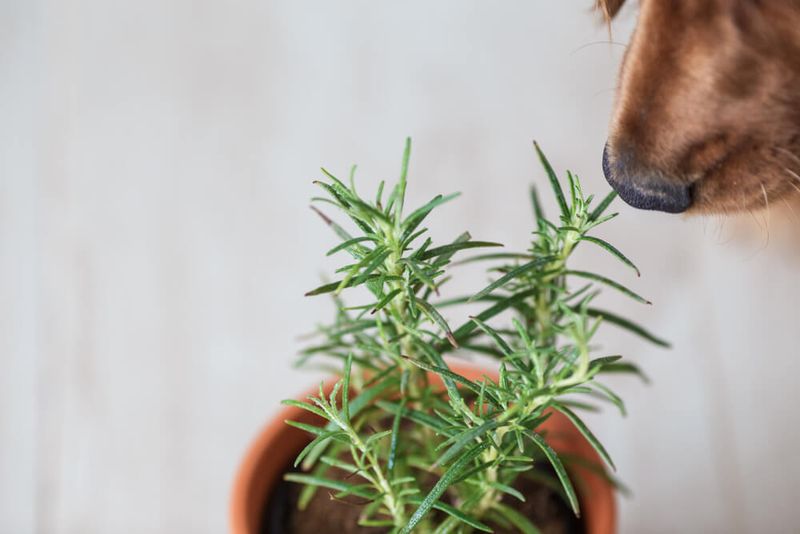
Beyond seasoning your roast chicken, rosemary serves as a natural dog deterrent. Its pine-like fragrance, delightful to humans, overwhelms dogs’ sensitive noses and keeps them at a distance.
This Mediterranean herb thrives in hot, dry conditions and poor soil. It grows into woody shrubs that form effective barriers. Use it to border vegetable gardens or flower beds that need protection from four-legged visitors.
9. Marigolds
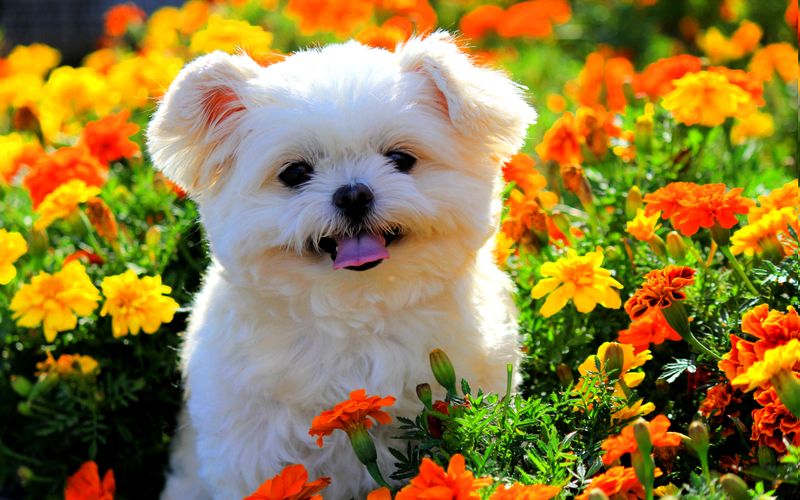
Bright and cheerful marigolds pack a powerful punch against canine intruders. Their distinctive smell comes from compounds that repel not just dogs but many garden pests too.
French and African varieties produce the strongest scent. Plant them generously around garden boundaries and areas dogs frequent. Their vibrant orange and yellow blooms add a splash of color while creating an invisible barrier that keeps dogs away.
10. Lemon Balm
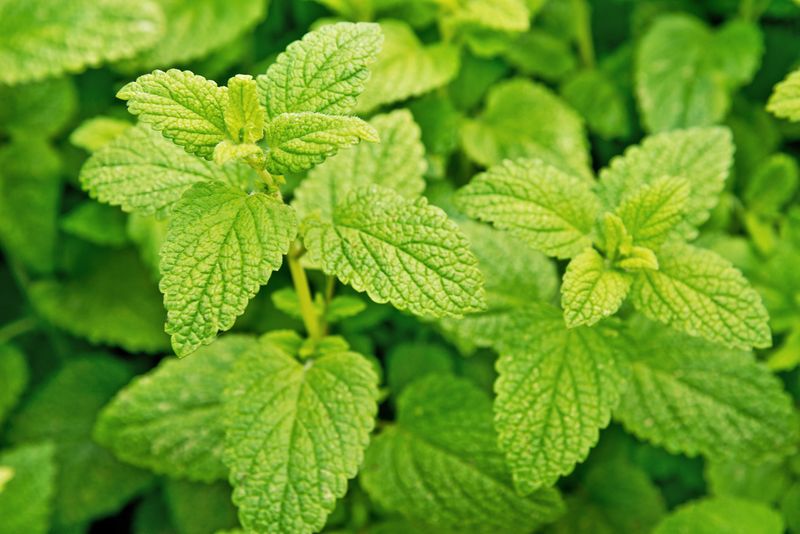
Sweet-smelling to humans but overwhelming to dogs, lemon balm creates confusion for canine noses. This vigorous mint family member spreads easily, forming dense patches dogs avoid crossing.
Consider growing it in containers to control its enthusiasm for expansion. Position these containers strategically at entry points to your garden or around prized plants. The lemony scent deters dogs while attracting beneficial pollinators to your garden.
11. Pennyroyal
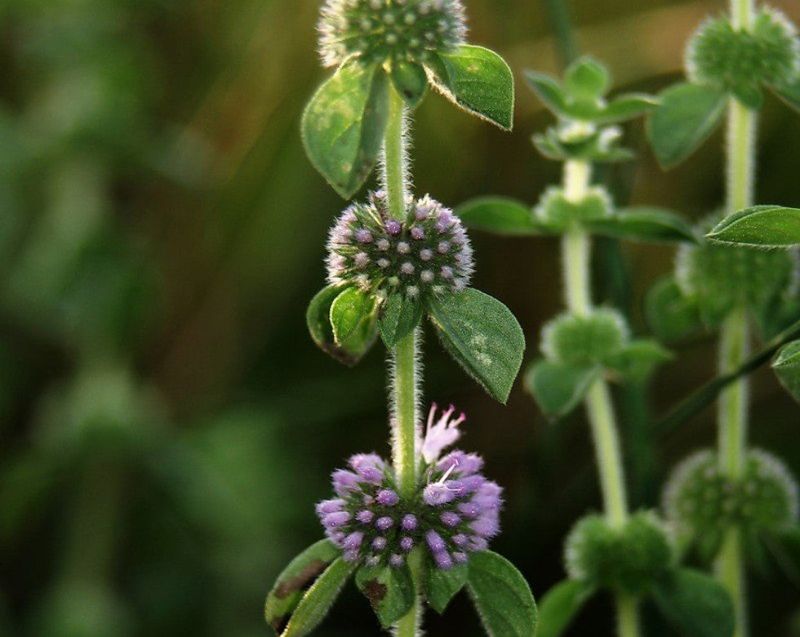
Ancient Romans recognized pennyroyal’s power to repel fleas—today gardeners use it to repel dogs too! This mint family member produces one of the strongest deterrent scents available in the plant world.
A word of caution: pennyroyal is toxic if ingested, so place it strategically where dogs won’t eat it. It works wonderfully as a ground cover in areas you want to protect, spreading quickly to form a scented carpet dogs avoid.
12. Holly
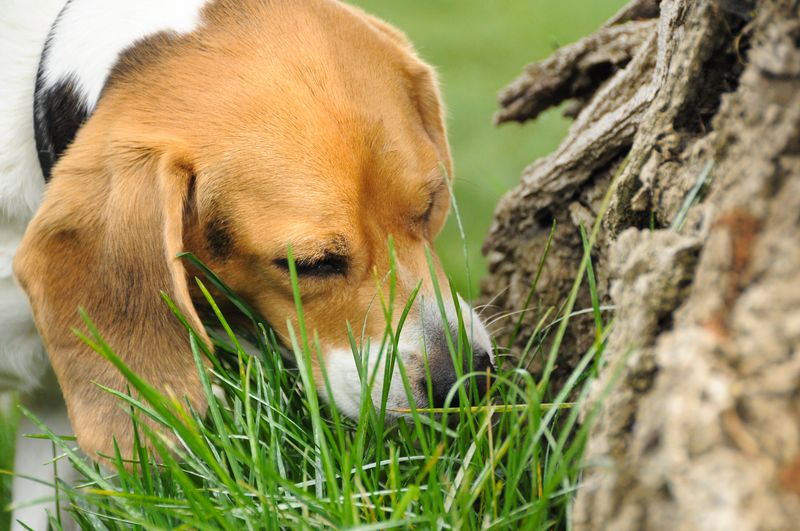
Sharp, spiky leaves make holly bushes physical barriers dogs won’t push through. Their prickly nature teaches quick lessons about boundaries without causing serious harm.
Choose compact varieties for small spaces or larger types for property perimeters. The glossy green leaves and bright winter berries add year-round interest to your landscape while keeping curious canines at bay. Most holly varieties thrive in partial shade to full sun.
13. Geraniums
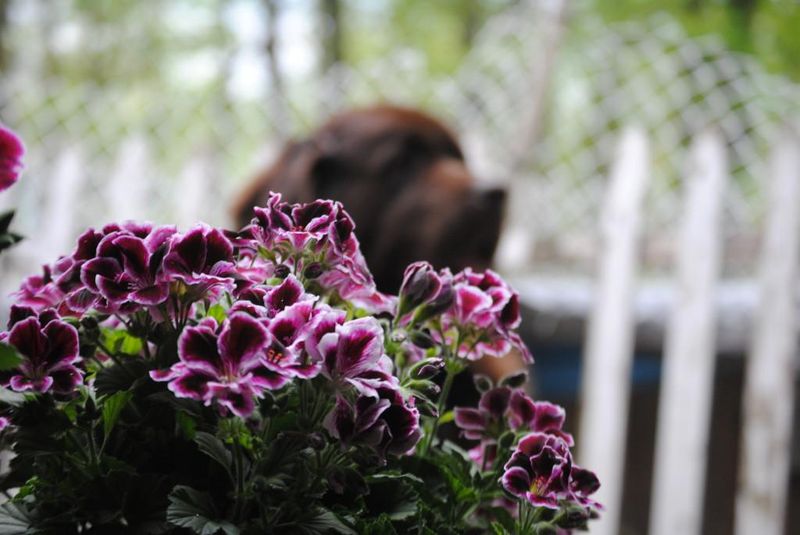
Common garden geraniums pack a secret superpower—their leaves contain compounds that dogs find deeply unpleasant. The scent, barely noticeable to humans, activates avoidance behavior in most canines.
Scented varieties like lemon or peppermint geraniums work best as deterrents. Plant them in containers around patios or directly in garden beds needing protection. Their colorful blooms add beauty while their scent creates invisible boundaries.
14. Crown Of Thorns
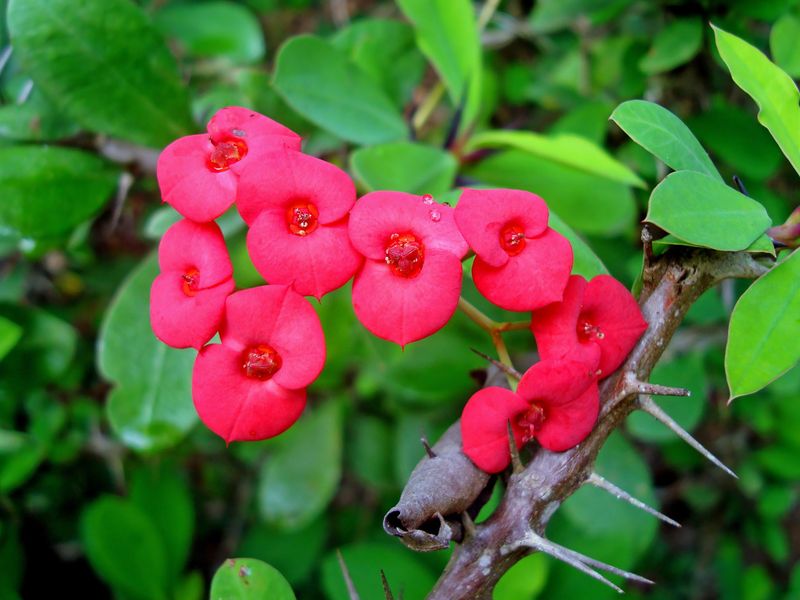
Looking for something that works through both scent and physical deterrence? Crown of thorns features sharp spines and a milky sap dogs hate to touch or smell.
This drought-tolerant succulent thrives in hot, sunny locations and needs minimal care. Its pretty pink or red blooms add desert charm to your landscape. Place it strategically in areas where dogs enter your yard for an effective boundary they quickly learn to respect.
15. Garlic
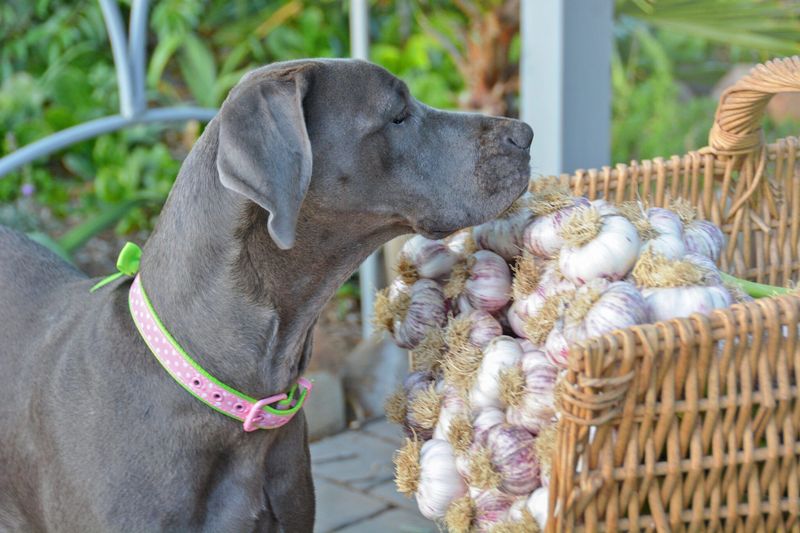
The same pungent compound that gives garlic its distinctive flavor makes it a powerful dog repellent. While we might love garlic bread, dogs find the intense aroma overwhelming and avoid areas where it’s planted.
Grow garlic as a border around vegetable gardens or flower beds. The tall green shoots emerge in spring, and you’ll harvest the bulbs in summer, making this both a practical crop and effective dog deterrent throughout growing seasons.
16. Mexican Marigold
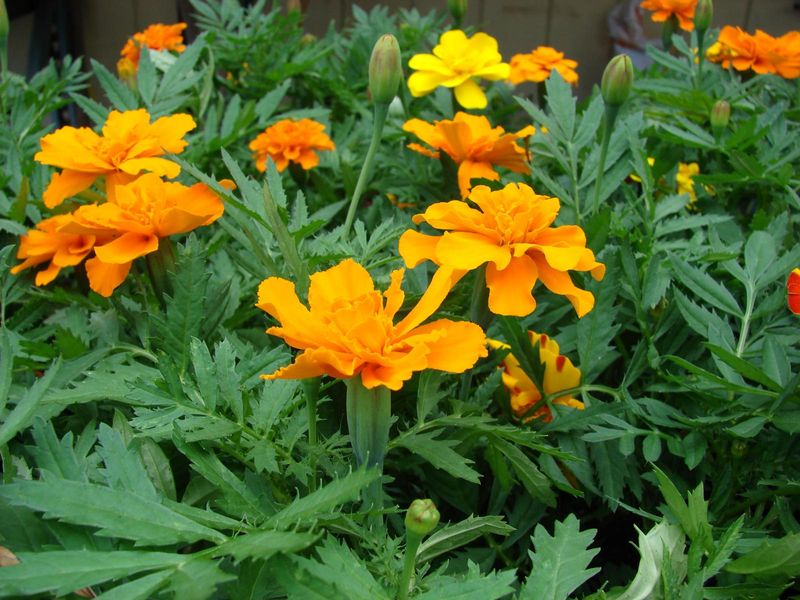
Don’t let the name fool you—Mexican marigold isn’t related to common marigolds but packs an even stronger punch against canine visitors. Its anise-scented foliage contains compounds that dogs find particularly offensive.
This perennial grows into a sizeable shrub with yellow daisy-like flowers that brighten your garden. Plant it in sunny locations where it can reach its full potential as both a beautiful ornamental and an effective natural dog barrier.
17. Chili Peppers

Gardens with chili peppers offer a spicy surprise for curious canines! Dogs detect the capsaicin that makes peppers hot through smell alone and learn to avoid these plants.
Ornamental pepper varieties add visual interest with their colorful fruits while serving as deterrents. Plant them in containers or directly in garden beds where dogs frequently visit. As a bonus, you’ll harvest spicy peppers for your kitchen while keeping your garden dog-free.
18. Barberry
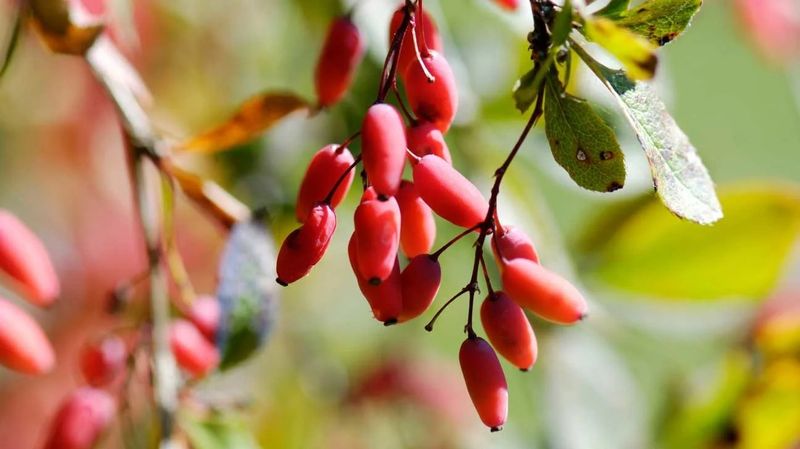
Armed with sharp thorns along its branches, barberry creates physical barriers dogs quickly learn to respect. The dense growth habit makes it impossible for dogs to push through without getting pricked.
Japanese barberry varieties offer beautiful red or purple foliage that adds color to landscapes year-round. Plant them as hedges along property lines or around special garden areas you want to keep dog-free. Most varieties tolerate partial shade to full sun.



